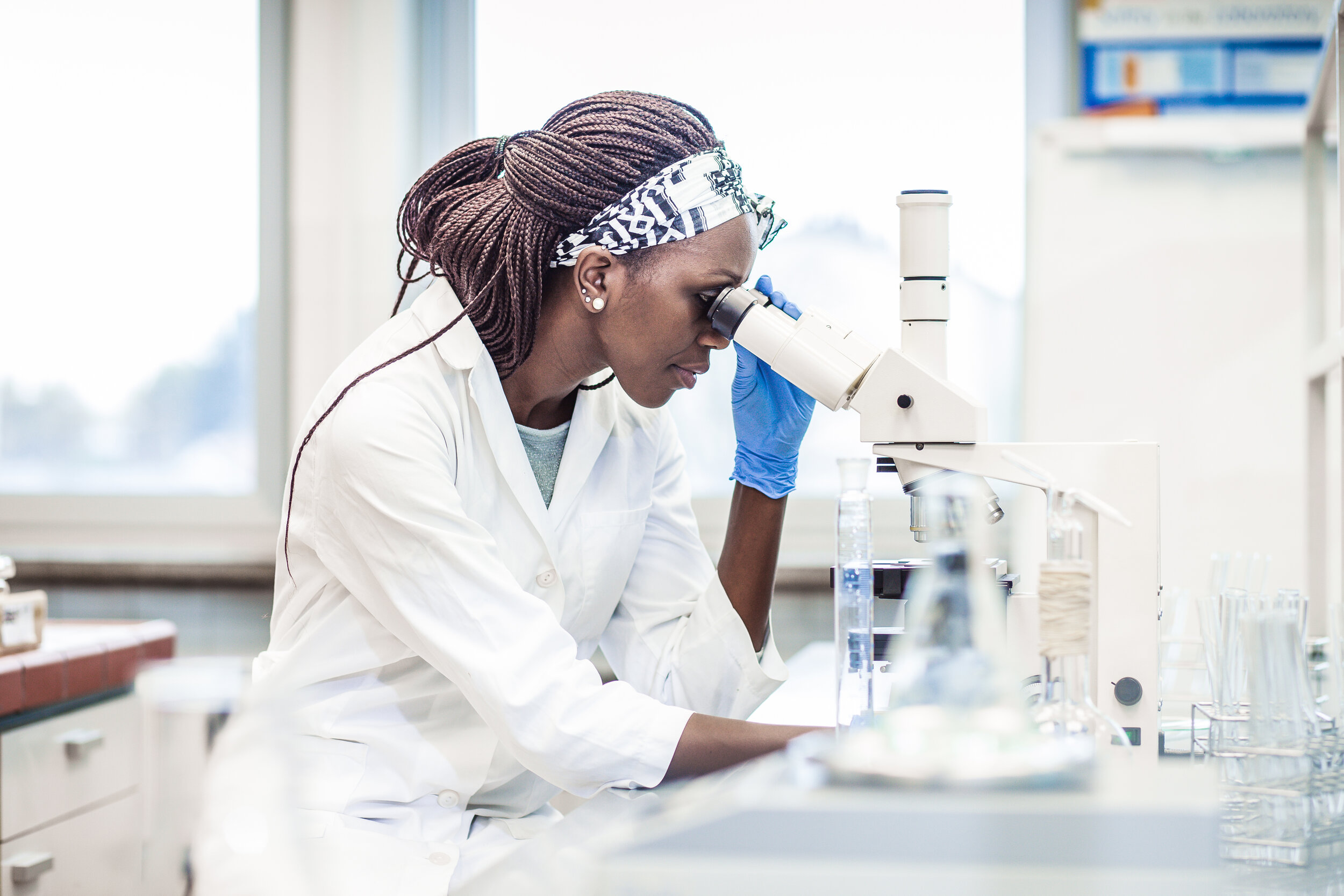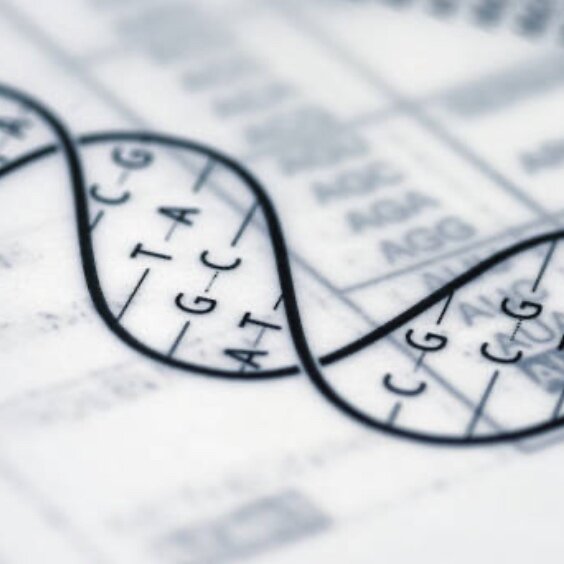
Breaking the boundaries of liquid biopsy
The emergence of liquid biopsy as a non-invasive diagnostic technique for tumours is a revolutionary step forward in the fight against cancer
2016 saw the FDA approve the first liquid biopsy products which have already made a big impact in the field of cancer treatment. Liquid biopsy has the advantages of being non-invasive, rapid, and precise. It can also overcome the heterogeneity of tumours and may even one day replace tissue biopsy as investigation of first choice.
A liquid biopsy may be derived from blood, urine, or other bodily fluids and includes circulating tumour cells, circulating cell-free DNA (cfDNA) and exosomes. Cell-free DNA is highly fragmented genetic material that is freely circulating in the bloodstream, unassociated with cells. Circulating tumour DNA (ctDNA) is a component of the larger cfDNA population and can be detected if tumours are present, but in extremely small quantities. cfDNA from cancer patients can be analysed for the presence of ctDNA markers, which may be present even before a tumour is big enough to be visible on a scan.
“Liquid Biopsy – a revolutionary cancer management technology inhibited by a lack of cell free DNA.”
Liquid biopsy with ctDNA has demonstrated broad application for the diagnosis and treatment of cancer, including early diagnosis, screening, tumour heterogeneity, drug resistance, monitoring treatment success including detection of minimal residual disease, and establishment of targets. These applications play an increasing role in the new approach to cancer management - Precision Oncology.
The low ratio of cancer to non-cancer cfDNA in most tumour patients is challenging and makes detection using liquid biopsy extremely difficult, if not impossible. Early-stage, low-emitting and residual cancers are both the hardest to detect and the most clinically important, since they may not be amenable to physical biopsy. The problem is particularly exacerbated when the source of cfDNA is limited to a venous blood draw, as the total amount of fragments present in such a small sample may easily fall under limits of assay detection.
“ BIOCAPTIVA’s platform technology expands the applicability of liquid biopsy from 10-15% of cancers to >95%.”
BIOCAPTIVA are instrumental in solving the problem of insufficient DNA input.
By combining apheresis, a standard clinical technique, with our BioCaptis DNA capture technology, the system captures cfDNA directly from volumes of plasma that are impractical to process using existing methods. The quantity of input DNA - and therefore accessible data - is increased by orders of magnitude, allowing more successful liquid biopsy diagnostics.
Greater cfDNA input also removes the requirement for potentially confounding PCR amplification, preserving native sequences with their original diversity and relative abundance. Clinicians and researchers using our technology will enjoy greater scope, flexibility and accuracy in the development and deployment of life saving oncology diagnostics.



